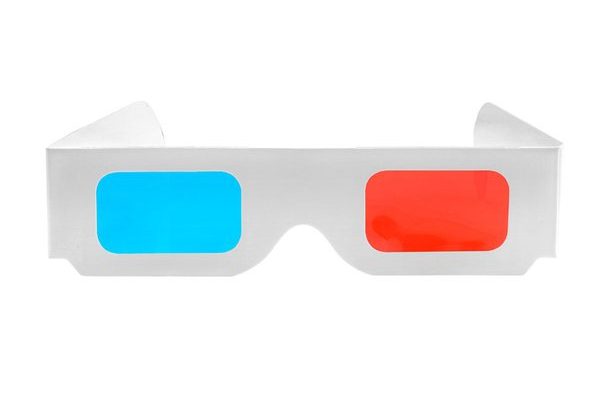What Is a Disk Image? ISO, IMG, DMG, and Others Explained

A disk image is a file which contains an exact copy of an entire disk or individual file system. Disk images are used to conveniently store and backup data, as well as to distribute software and operating system installations.
There are several different file formats that are commonly used for disk images, including ISO, IMG, and DMG.
ISO is one of the most widely recognized disk image file formats. It is the standard format for optical disks, such as CDs and DVDs, and is often used to create bootable media for installing operating systems or other software. ISO files can be mounted as virtual drives, allowing users to access the contents of the disk image without actually burning it to a physical disk.
IMG is another disk image file format that is commonly used for disk backups and distribution. It is often associated with disk images for floppy disks or hard drives, and can also be used for optical disks. Like ISO files, IMG files can also be mounted as virtual drives for easy access to the contents of the disk image.
DMG is a disk image file format that is specific to Apple’s macOS operating system. It is often used to distribute software packages and system updates, and can also be used to create backup copies of disk volumes. DMG files can be mounted as virtual drives on macOS, allowing users to access the contents of the disk image without actually copying it to their hard drive.
Other file formats that are used for disk images include BIN, NRG, and VHD. BIN files are commonly used for image backups of CD/DVD media, while NRG files are primarily used with Nero software. VHD files are used for virtual machine images and can be used to create multiple instances of an operating system or application within a single physical machine.
In conclusion, disk images are an essential tool for backing up and distributing data and software. While there are several different file formats that are commonly used for disk images, ISO, IMG, and DMG are among the most widely recognized and versatile formats available. Understanding the different formats and their applications can help you make informed choices when it comes to creating and working with disk images.






